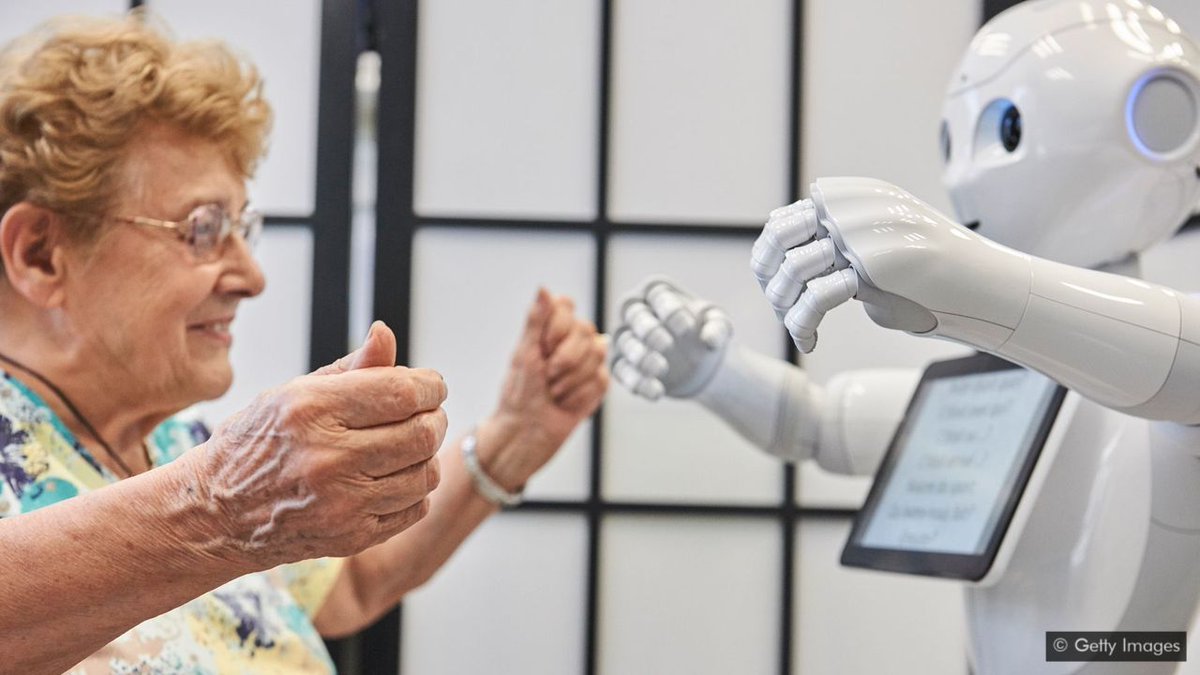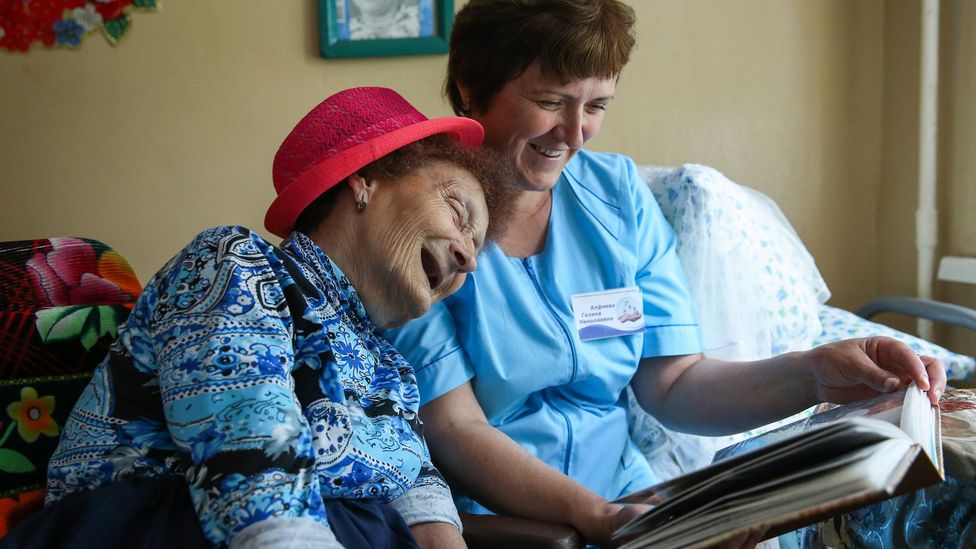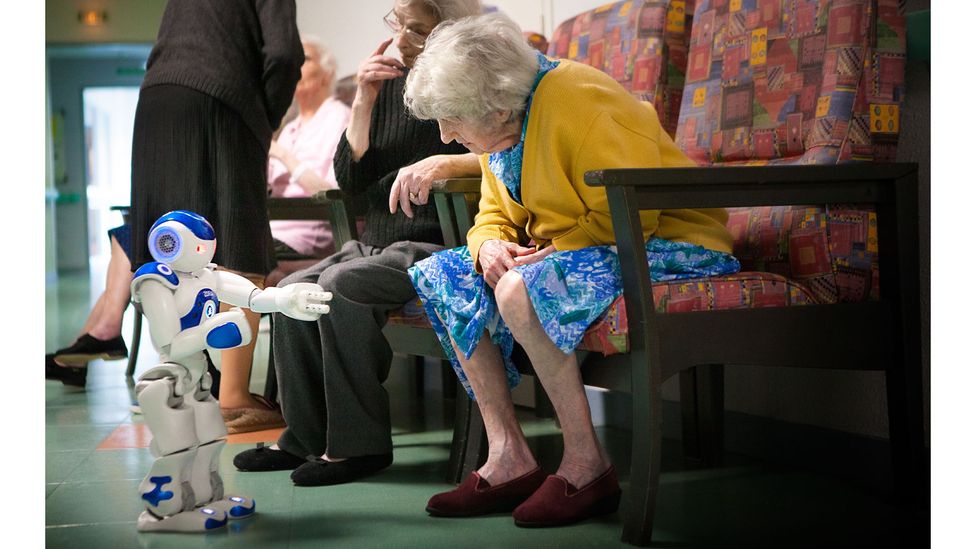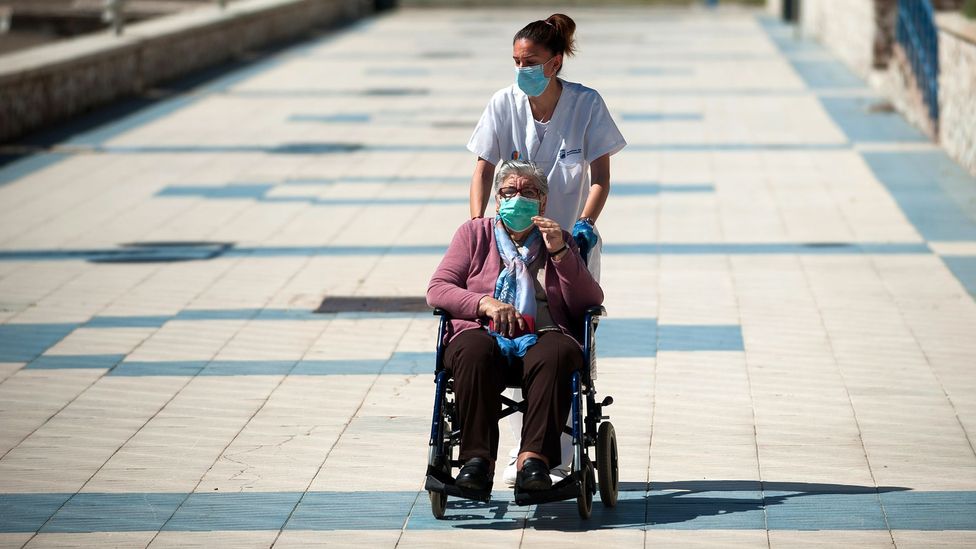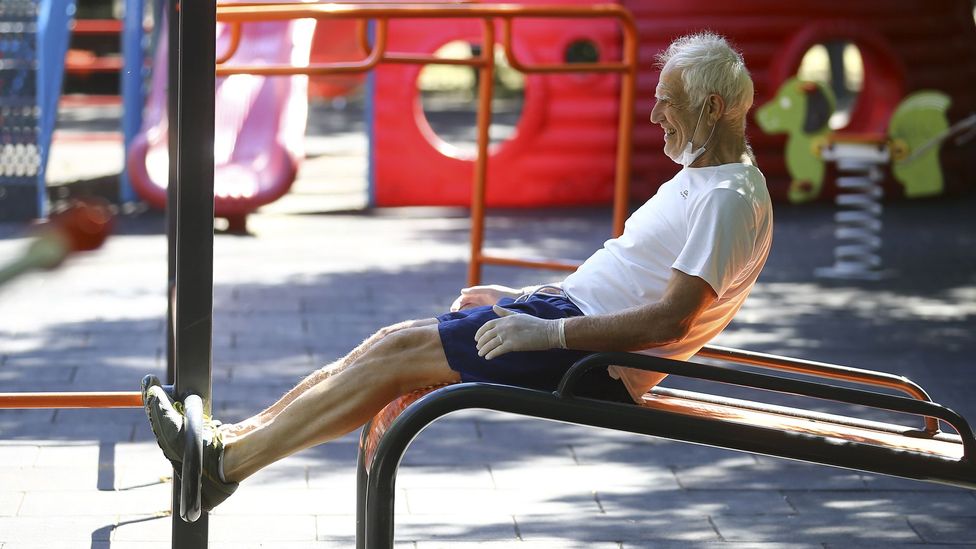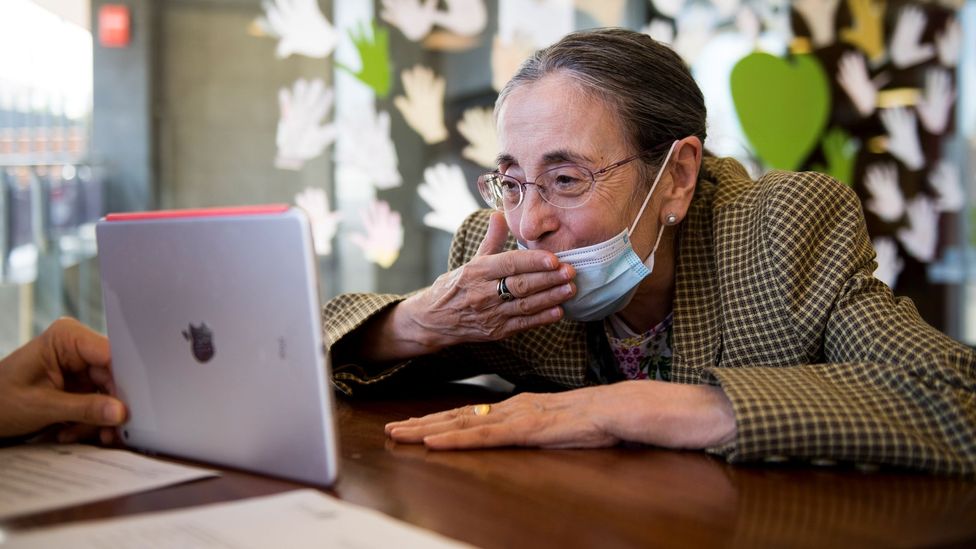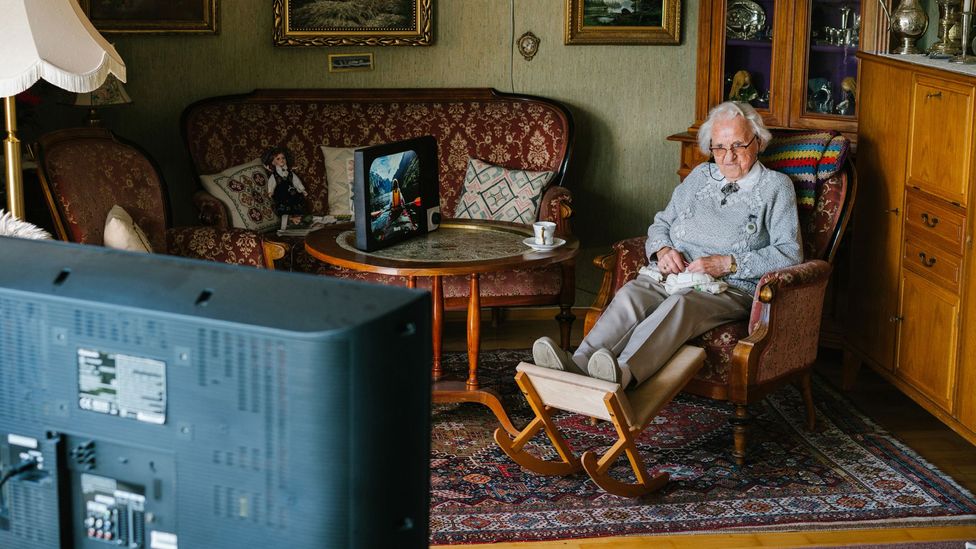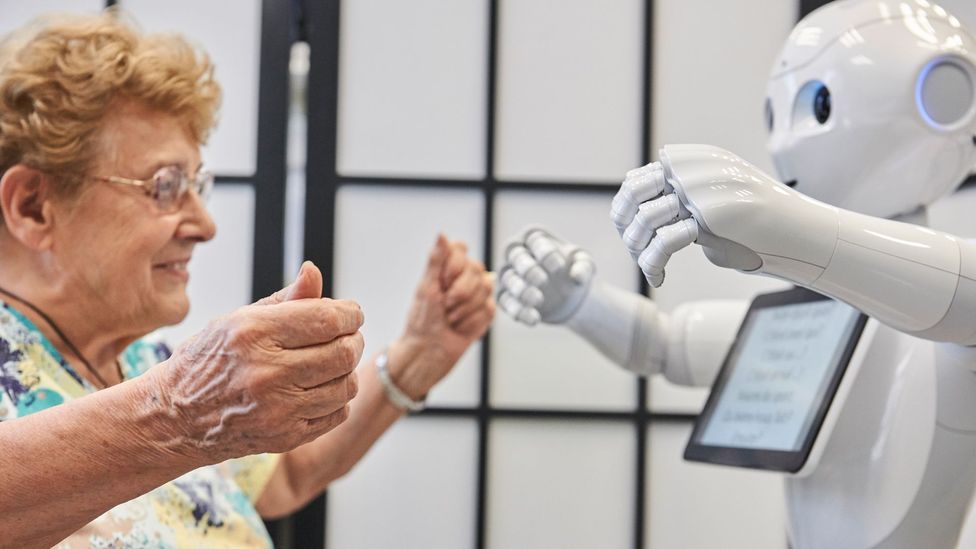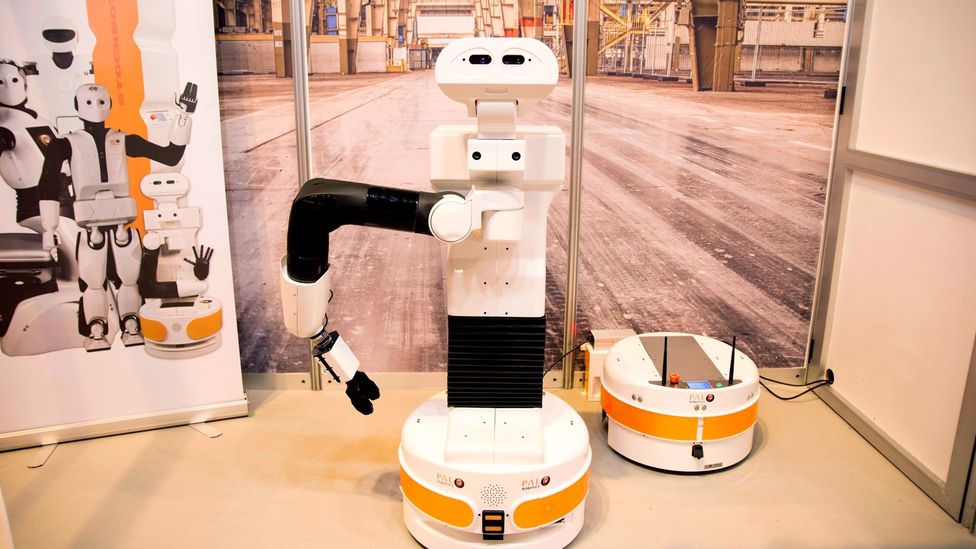At the start of the summer, Paula Tinkler was ready to take her career in a new direction. This may not be unusual – but the speed with which she was able to make the transition was. Within a week, she was shadowing a carer in Workington, England. Within a month, she was working as a carer herself.
Not only was her training rapid – it also took place completely in her own home. “I began the recruitment process by e-mail and completed my assessment online, which was followed by an interview and training process that was entirely digital,” she says.
She did this through a UK-based company called Cera Care, a “tech-enabled care provider” that doesn’t own or operate any care homes. It allows families to arrange and manage home care for their relatives using a digital platform that finds a match for customers from a pool of available caregivers. It also uses Uber to ferry patients back and forth to hospitals for appointments and an on-demand delivery service to fetch customers’ prescriptions from pharmacies.
The firm has raised over £20m ($26m) in investment since its inception in 2016 and delivers around half a million home visits every month, Tinkler’s included.
New, nimble models like this one may grow more necessary in coming years. Nearly one in five EU citizens is over 65 years of age, a figure expected to grow rapidly in the coming decades. A similar pattern is seen around the world. Globally, the world’s population of over-60s has doubled since 1980 to around a billion. It will double again by 2050.
In the face of this looming challenge, new models will have to be devised to allow older people live healthy, independent lives. And Cera Care is are far from the only company developing assistive technologies that can keep elderly people living independently and healthily.

